Our planet is a mosaic of colors and when it comes to wildlife, certain species take coloration to a whole new level. From the depths of the ocean to the canopy of the rainforest, nature’s palette is vibrant and full of surprises. In this exploration of earth’s most colorful creatures, we’ll introduce you to five animals whose hues are not just extraordinary, they’re also full of purpose, from camouflage to communication and even mate attraction.
First in line is the regal peacock, specifically the Indian Peafowl. Renowned for their striking tail feathers that unfold into a spectacular fan, peacocks are an embodiment of natural elegance and beauty. The male's train, as it’s called, is adorned with iridescent blues and greens and contains eye-like patterns known as ocelli. During courtship displays, the peacock will unfurl this splendid fan to woo potential mates, shaking the feathers to create a rustling sound and wave-like motion that no peahen can ignore. However, the peacock’s plumage is not just for show; the colors are structural, made by microscopic crystal-like structures that reflect different wavelengths of light depending on their spacing, which is why their colors shimmer and change when seen from different angles.
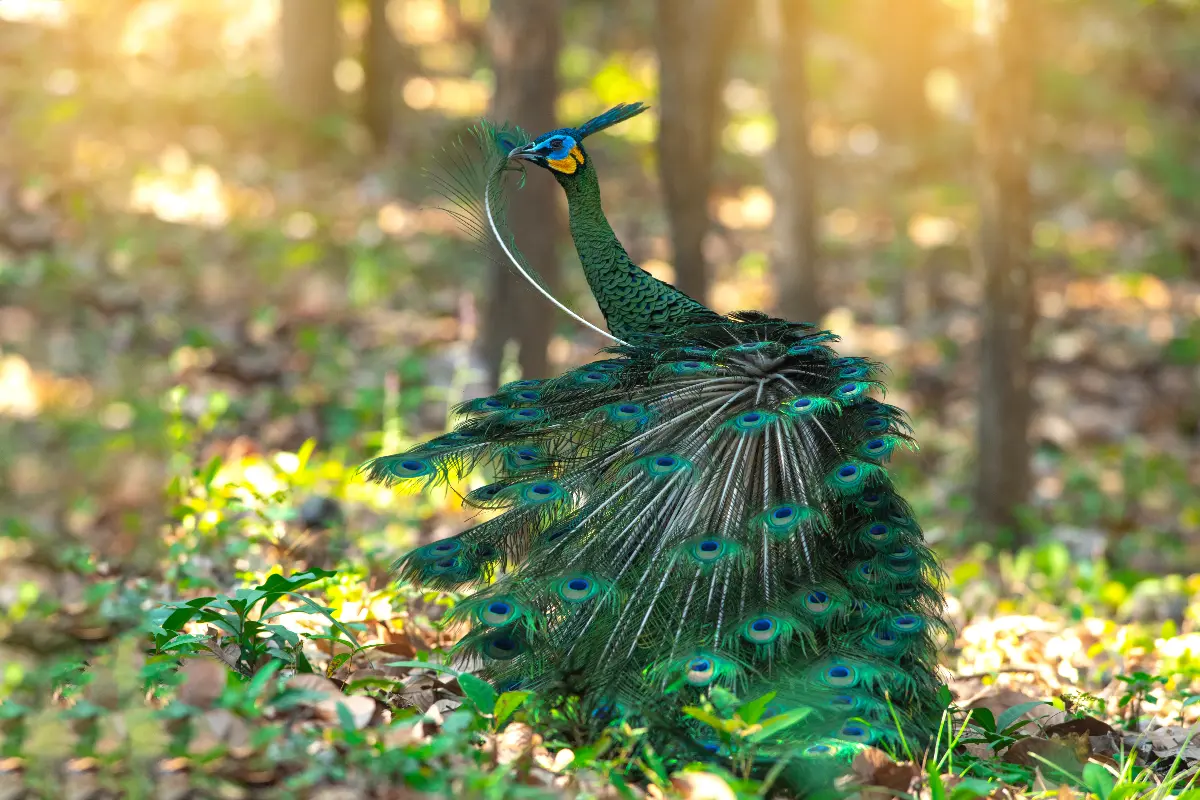
Diving into the waters, we encounter the Mandarin fish. This small, reef-dwelling fish is one of the most vibrantly colored creatures beneath the waves. With a base color of electric blue contrasted by bold stripes and patterns of orange, pink, and green, the Mandarin fish looks like it swam straight out of an artist’s imagination. Unlike many brightly colored marine animals, the Mandarin fish's coloring comes from a unique cellular pigment rather than its diet. What makes these marine critters even more phenomenal is that they emit a blue-green light, a result of bio-luminescent bacteria. This mesmerizing light show serves as a defense mechanism to startle predators and communicate with potential mates.
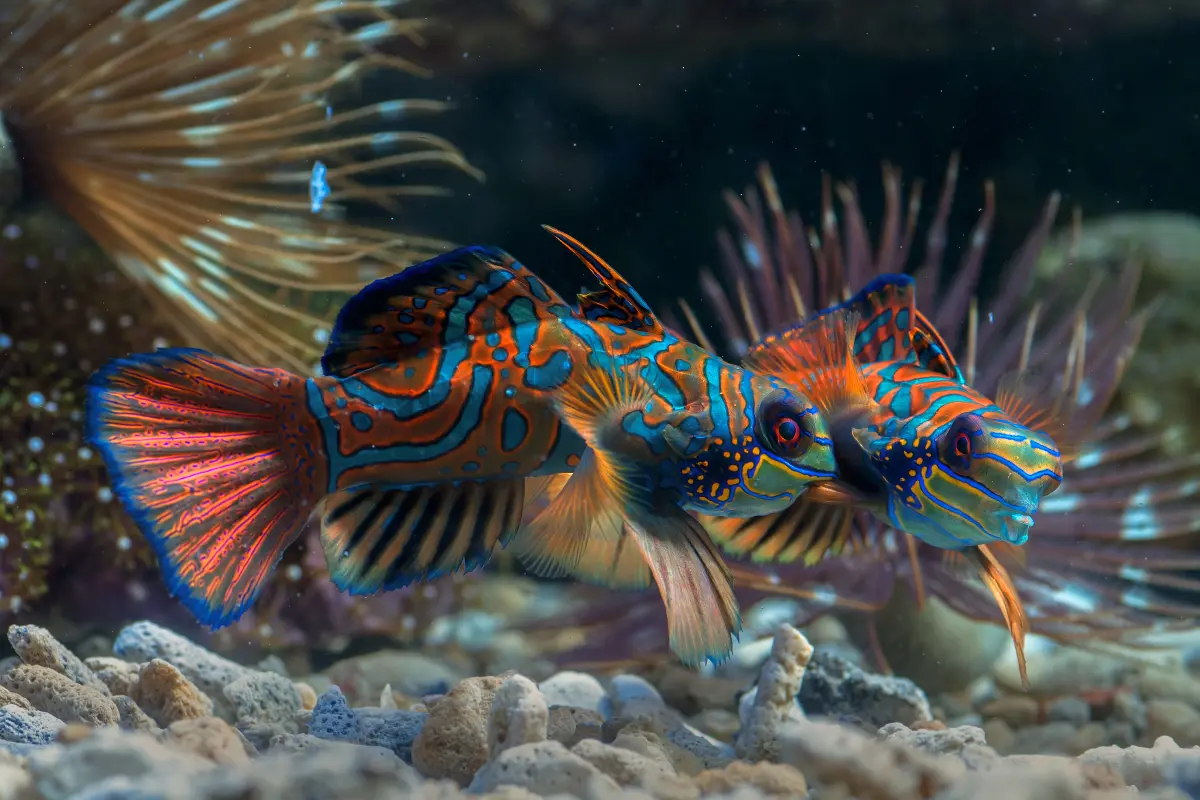
Above the waters and in the heart of Central and South American rainforests lives the resplendent Quetzal. These birds are striking with their vivid, metallic green-turquoise plumage and bright red bellies. The males boast exceptionally long tail feathers that can grow up to three feet long, and during mating season, they perform pendulum-like movements to arrest the attention of their female counterparts. These feathers were revered by ancient Aztec and Maya civilizations, often used in royal regalia and considered more valuable than gold. But the quetzal doesn’t sport these hues purely for aesthetics; they play a crucial role in camouflage among the wet forest leaves.
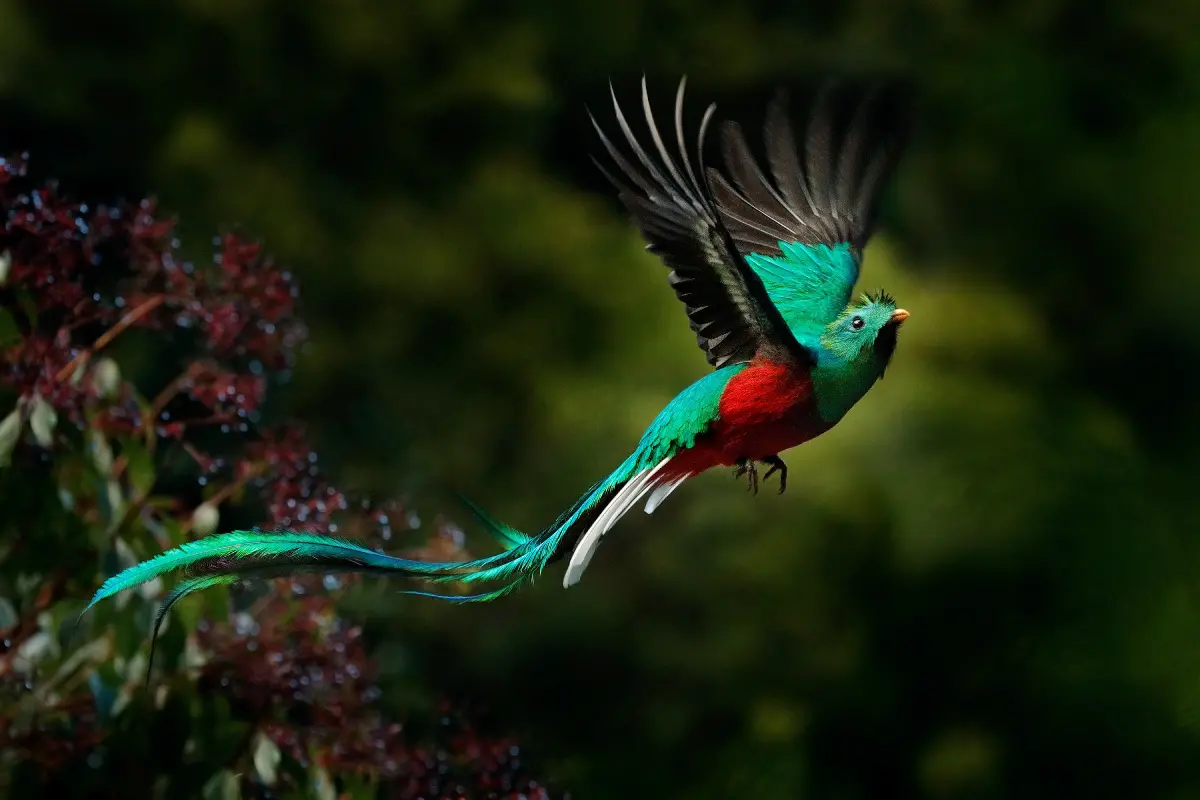
Another contender for the most colorful animal on earth is the chameleon, specifically the Panther Chameleon of Madagascar. These reptiles are famous for their ability to change colors, a common misconception being that they do it to blend into their surroundings. However, chameleons primarily change their skin color in response to temperature, light, and mood, particularly to communicate during confrontations or when courting. The panther chameleon comes in a variety of color morphs depending on their location, some exhibiting vibrant combinations of red, green, blue, and orange. This colorful display is facilitated by special cells in their skin called chromatophores, which expand or contract to reveal more or less pigment.
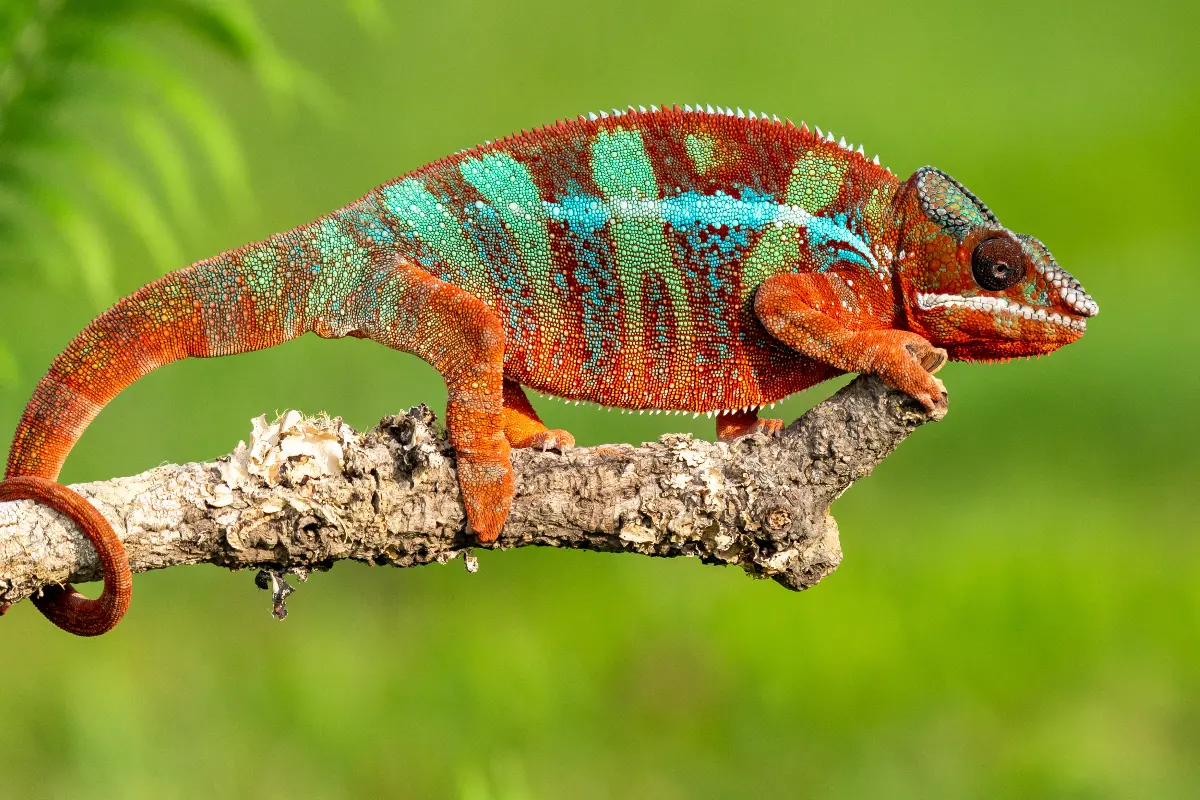
Last on our list, but certainly not least is the Poison Dart Frog. Native to the tropical rainforests of Central and South America, poison dart frogs are renowned for their lethal skin toxins and their brilliant colors which can be a striking combination of electric blue, yellow, gold, copper, red, green, blue, or black. Interestingly, these amphibia have evolved this vivid coloration to warn predators of their toxicity in a survival technique known as aposematic coloration. Each species has a unique pattern, allowing would-be predators to learn and avoid these dangerous amphibians. Although beautiful, these frogs are best admired from a safe distance, and their toxic secretions are so potent that local tribes have utilized them for centuries to coat the tips of their blow darts for hunting.
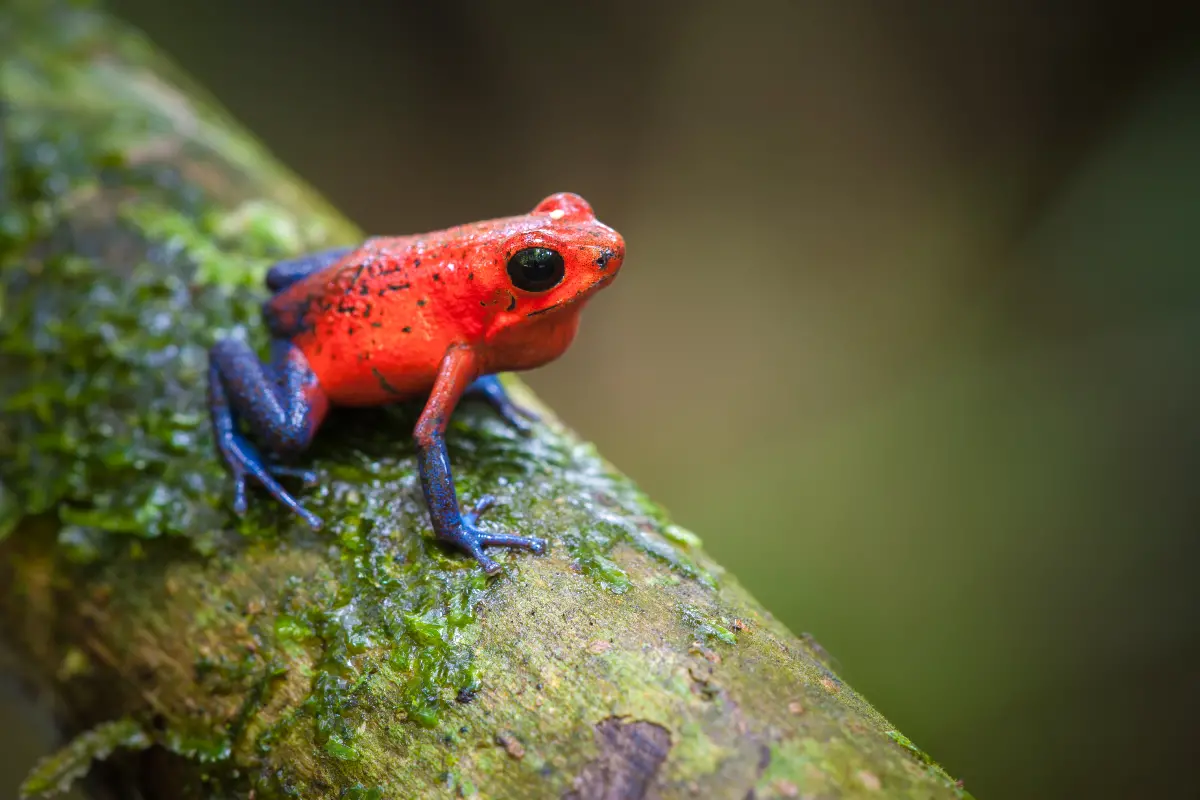
The five animals highlighted here are just a taste of the vast array of colors that can be found in the animal kingdom. They remind us not just of the visual splendor of nature, but also the complex survival strategies that color can convey. Each serves as a symbol of the diversity and adaptability of life on Earth. In the wild, color is more than just captivating visuals; it is often a vital tool that ensures survival, and for us observers, a natural marvel to cherish and protect. So let’s take a moment to appreciate the sheer beauty and brilliance of these living rainbows that enrich our planet with their presence.
